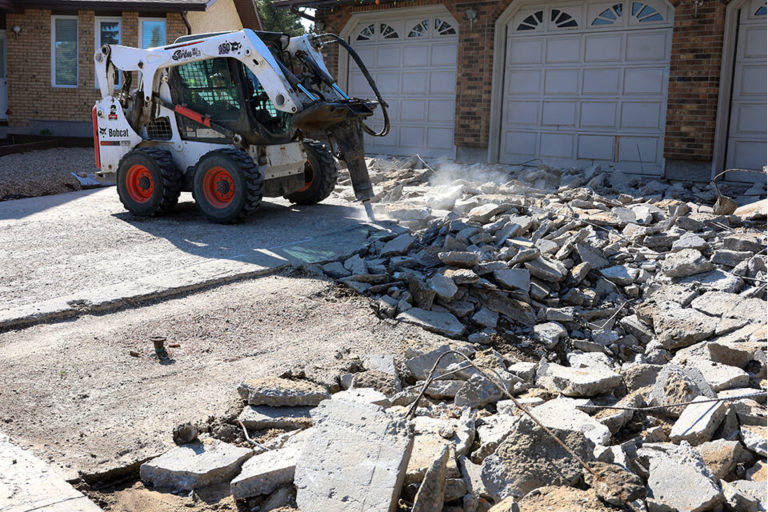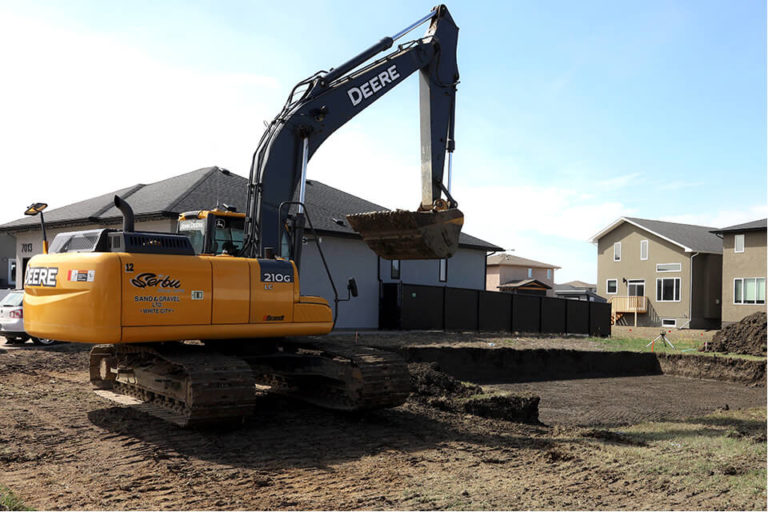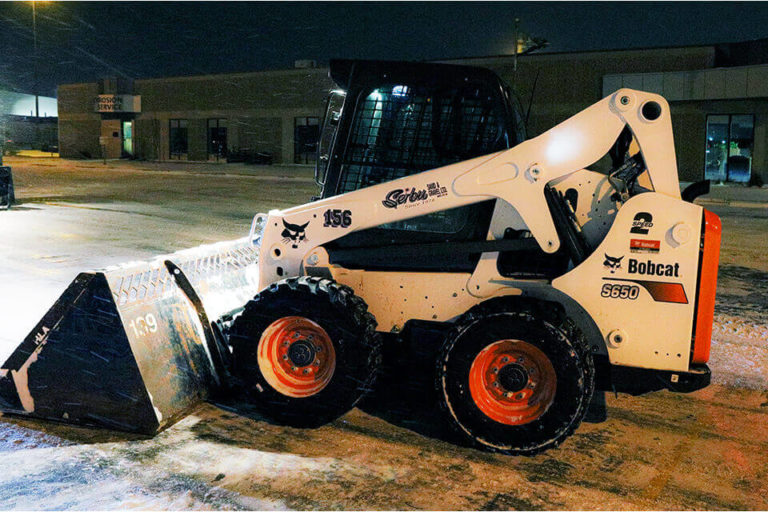How Many Cubic Feet Are in a Yard?
Landscape Calculator
If you’re here reading this, chances are you’re in the middle of a landscaping project. You’ve made the plan, measured everything, and are ready to buy some materials. But the reason you are here is probably that you’re trying to figure out how many cubic feet are in a yard. It’s confusing, isn’t it? Even though we measure things in feet and inches in Canada, construction aggregate such as topsoil and crusher dust is usually sold in cubic yards.
How Many Cubic Feet in a Yard?
A yard is 3 feet or 36 inches, and therefore, a cubic yard is 3 x 3 x 3, or 27 cubic feet(ft3). It doesn’t seem very complicated at first, but when you start considering the following, it just might get a little tricky:
- For landscaping projects, we often need to measure depth by inches only, not feet.
- Many materials, such as soil, compact, and therefore you need more.
- Quite often, the area that needs to be filled is irregularly shaped.
If you are trying to figure out how many materials you need to order for your renovation or landscaping project, worry not. You can use our cubic feet to cubic yards calculator below. Measure the space you want to fill in feet and inches, then enter them below. Please note that materials other than rocks compact, so you may want to consider ordering 30% more than what you actually need.
Landscape Calculator
Rectangular Area
For a rectangular area, measure the length and width in feet and height in inches.
Triangular Area
For a triangular area, measure the base and altitude in feet and height in inches. Base and altitude are the part of a triangle that is perpendicular to each other.

Circular Area
For a circular area or part of a circular area, measure the radius in feet and height in inches. Radius is exactly half of the diameter or half of the width of the circle.
Irregularly Shaped Area
Suppose you have an irregularly shaped area you need to landscape or fill. Worry not. Just divide it up into smaller, more manageable areas, and calculate each piece separately using the calculators above. When you are done, sum up all the numbers. Don’t worry about getting it 100% accurate. A rough estimate would be enough as long as you add a bit more for errors.
Ready to Order?
When you are ready, contact us to let us know how many yards of materials you need, and we’ll deliver them right to your door. If you are unsure of what materials you might need, check out our article about different types of aggregates, or ask us for recommendations. Even if you’re not using our landscape calculator for landscaping purposes, we hope it still helped you figure out how many cubic feet are in a yard.
More Services
In addition to our construction aggregates such as sand, gravel and top soil, we also offer the following services.
Related Articles
How to Build a Beach Sand Patio
Building a patio out of sand is an innovative way to create a relaxing, beach-like ambiance, especially for those that don’t live anywhere near the coast or a nice beach.
How to Build a Pea Gravel Patio
Creating a pea gravel patio in your backyard offers a blend of natural beauty and practical functionality. This comprehensive guide delves into the pros and cons of choosing pea gravel,
Gravel Driveway: Installation, Maintenance & More
Gravel driveways offer a blend of aesthetic charm and practicality, making them a favoured choice for some homeowners. This comprehensive guide delves into their cost-effectiveness and natural appearance to the
What’s a Gravel Garden & How to Make One
A gravel garden is a unique and attractive landscaping option that is becoming increasingly popular. In this article, we will explain this particular gardening practice, and its advantages, and provide
How to Lay a Gravel Path in Your Garden
Putting in a gravel path can be a cost-effective way of providing access to your garden or yard while maintaining a natural look. It’s a relatively easy landscaping project that
How to Amend Fresh Topsoil Before Planting
Spring is approaching, and gardening season is almost here. However, before you start planting, it’s a good idea to test and amend newly purchased topsoil. This guide is also helpful



